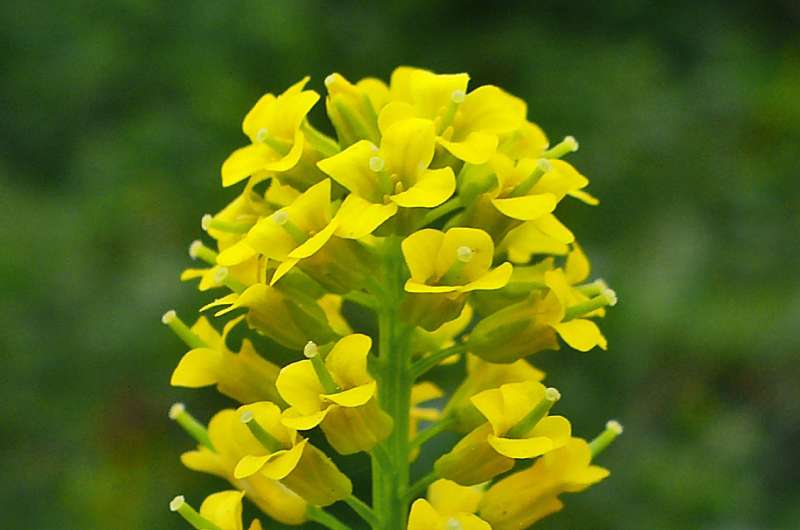Newly-discovered plant enzymes open the door to novel compound production

A wealth of previously undescribed plant enzymes have been discovered by scientists at the John Innes Centre. The team who uncovered the compounds hope that harnessing the power of these enzymes will unlock a rich new vein of natural products, including potential drug leads.
The research, published today in PNAS reveals new insights into the bio-production of sesterterpenoids, a rare and largely unexplored class of chemicals. Prior to this work at the John Innes Centre the majority of the approximately 1,000 known sesterterpenoids have been found in terrestrial fungi and marine sponges, with only 60-70 from plants.
Previously, very little was known about how these compounds were made. A handful of enzymes that make sesterterpenoids had been discovered in fungi, but the enzymes that make plant sesterterpenoids were largely unknown.
The team led by Professor Anne Osbourn, used genome mining technology to uncover a suite of enzymes, called sesterterpene synthases by searching the genomes of 55 different plant species.
Professor Osbourn says, "What's fascinating is that the enzymes from plants are quite different to those from fungi, but in some cases they make similar molecules. It looks as though plants have independently arrived at their own way of making these molecules; they have 'worked it out for themselves'."
The next step is to widen our search for genes that encode plant sesterterpene synthases in order to get a fuller picture of the spectrum of chemical diversity of sesterterpenoids in other plant species, and to harness these enzymes to make compounds that can be evaluated for use as new drugs and medicines.
The project will continue to use transient plant expression technology developed by Professor George Lomonossoff at the John Innes Centre in which plants can be used to produce a range of pharmacologically active proteins.
Professor Osbourn continues, "This is a flagship paper in terms of uncovering a swathe of new enzymes in plants to make chemicals that have never been accessed before."
More information: Ancheng C. Huang et al. Unearthing a sesterterpene biosynthetic repertoire in the Brassicaceae through genome mining reveals convergent evolution, Proceedings of the National Academy of Sciences (2017). DOI: 10.1073/pnas.1705567114
Journal information: Proceedings of the National Academy of Sciences
Provided by John Innes Centre




















